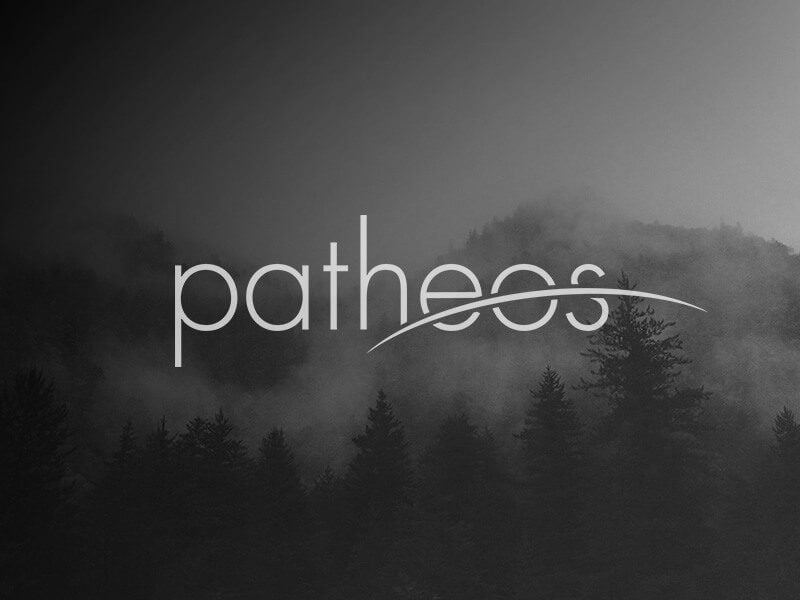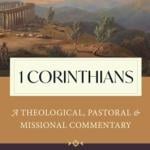Twice in the Song of Songs, the lover delightedly enumerates the beauty of the bride. In Revelation 9:7-10, we have a macabre variation on this style in the description of the locorpions or scorpusts that arise from the abyss. John lists seven features: heads, faces, hair, teeth, breastplates, voices, and tails (compare the seven features of Jesus in Revelation 1). But the composite description is appalling not enticing. The locorpions constitute an abyssal glory cloud, but also an abyssal bride. Read more














